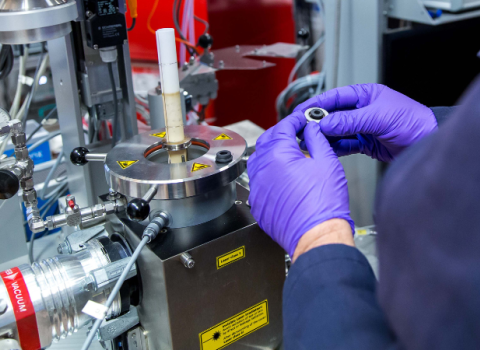
The regulations comply with the European Union Directive (2009/31/EC) on geological storage agreed in February 2009, which has to be transposed into national law by 25 June 2011. The UK rules will now come into effect on 1 October.
Publication of the regulations follows a consultation in which developers, industry bodies and other interested parties gave their views on the broad structure of the proposed licensing system. This includes a proposal for having a license which would cover all phases of such developments.
Publishing the response to the consultation, Charles Hendry, Minister of State for Energy, said, “Carbon capture and storage is essential for mitigating climate change while maintaining energy security. I am pleased that investors and experts who will take this exciting and crucial technology forward are happy with our approach, and that we can take our next steps without delay.”
There is estimated to be potential under the North Sea to store more than 100 years worth of carbon dioxide emissions from the UK’s power stations.
Agreeing the licensing terms is the easy bit. Carbon Capture and Storage (CCS) involves capturing carbon dioxide from power stations and transporting it to geological sites where it will remain safely stored and permanently isolated from the atmosphere. The development and deployment of CCS has the potential to reduce the CO2 emissions from UK power stations by around 90 per cent, and make a significant contribution towards the UK and international climate change goals.
The regulations deal with the last part of the CCS process, the permanent geological storage of the carbon dioxide. The aim is to encourage investment in offshore storage projects, whilst minimising the potential impact on the environment.
The regulations apply in all offshore areas within UK jurisdiction, except Scottish territorial waters. The Scottish government will make separate regulations for Scottish territorial waters.





 A unique international forum for public research organisations and companies to connect their external engagement with strategic interests around their R&D system.
A unique international forum for public research organisations and companies to connect their external engagement with strategic interests around their R&D system.